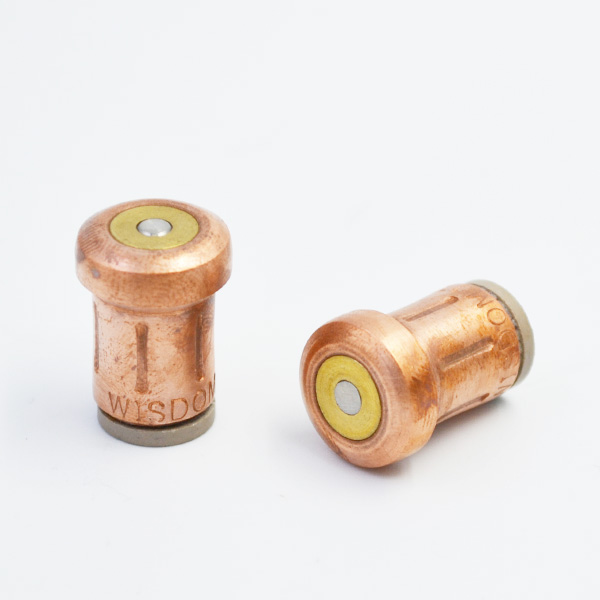Aiming at the defects of poor robustness and poor load disturbance performance of PMSM vector control system, a speed loop ADRC which can replace the classical PI controller is designed based on ADRC theory. The controller estimates the total disturbance of the system and feedforward compensation. Simulink simulation results show that ADRC has better dynamic performance and stronger robustness against load disturbance than conventional PI control. Permanent magnet synchronous motor (PMSM) has many advantages, such as fast response, high efficiency, high torque inertia ratio and high reliability.
It is one of the best choice for high-performance transmission and servo system actuators and has been widely used. Such as mechanical tools, industrial robots, aviation, aerospace, special machine tools and other occasions. Permanent magnet synchronous motor (PMSM) vector control performance indicators are mainly reflected by the speed loop, which requires wide speed control range, fast response and high accuracy. Especially, speed loop control is required to have strong robustness to system parameter changes and load disturbances. The traditional vector control method of permanent magnet synchronous motor (PMSM) refers to the early analog system and designs the speed loop controller as PI or PID controller, which meets the basic requirements of engineering application in performance.

The method is simple and easy, and has been widely used. But the motor itself is a multi-variable, strong coupling, non-linear control object. The controller based on classical control theory has good performance under the condition of good parameter matching.
However, when the system parameters change or load disturbance occurs, the system control performance will decline, and the dynamic response and anti-disturbance ability can not be well considered. In recent years, a variety of non-linear control schemes have emerged, such as artificial intelligence, passive control, sliding mode control, backstepping control, etc. But these methods are often complex and based on object model design, which limits their practical application. ADRC (Active Disturbance Rejection Control) is a new practical digital control technology which can replace PID control technology and does not depend on the precise model of controlled object.

It has been popularized and applied in chemical industry, electric power, aerospace and other fields.


By observing and compensating the total disturbance caused by the change of system parameters and external disturbances, it has strong robustness and can better overcome the contradiction between the rapidity and overshoot, rapidity and anti-disturbance performance of the traditional PI controller. In view of the large number of parameters needed to be tuned by ADRC and the difficulty of tuning, this paper uses Simulink simulation ADRC algorithm to seek the parameter tuning method of ADRC algorithm, and compares it with PI controller to verify the effectiveness of the scheme.

The ADRC optimizes the classical PID control, adopts the core idea of “eliminating error by error feedback”, thermostatic element classifies all uncertain factors acting on the controlled object as “unknown disturbance”, estimates and compensates it with the voltage and current of the controlled object, and does not need the model of external disturbance. It includes tracking differentiator (TD), extended state observer (ESO) and nonlinear state error feedback control law (NLSEF), as shown in Figure 1. Applying the ADRC algorithm given above, the simulation model of the system is established under Simulink environment, and the system block diagram is shown in Figure 2.
The parameters of permanent magnet synchronous motor used in experiment are Rs=2.875_, Ld=Lq=8.5mH, J=0.8*10-3kg.m2, _f=0.175Wb, p=4, rated speed nN=1000r/min.
Given the speed of 1000r/min, the system starts without load. In order to observe the anti-load disturbance ability of the system, 3N.m load torque is added suddenly when t=0.1s. Fig. 3 shows the speed response curve of PI controller and ADRC in the speed loop. It can be seen that the PI control speed has a larger overshoot, the speed drops slightly when the load is suddenly added, and the speed recovery time is longer. The ADRC has fast response, no overshoot, strong anti-load disturbance ability and robustness, and does not cause great damage to the system. Active disturbance rejection control (ADRC) is a kind of control scheme which does not depend on the dynamic model structure of the object, but allows the uncertainty of the object. Based on vector control system, this paper studies the speed loop control algorithm. ADRC is introduced into the speed loop control of permanent magnet synchronous motor to replace the traditional PI controller. The simulation results show that the method has strong anti-load disturbance, robustness and adaptability, and has excellent dynamic and static performance.
